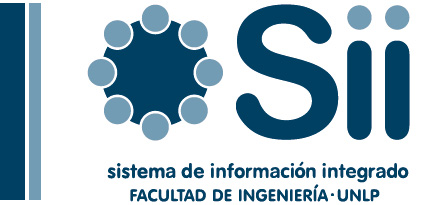Plasticity of Pressure-Sensitive Materials [libro electrónico] / edited by Holm Altenbach, Andreas Ochsner.
Tipo de material: TextoSeries Detalles de publicación: Berlin, Heidelberg : Springer Berlin Heidelberg : Imprint: Springer, 2014.Descripción: x, 376 p. ilTipo de contenido:
TextoSeries Detalles de publicación: Berlin, Heidelberg : Springer Berlin Heidelberg : Imprint: Springer, 2014.Descripción: x, 376 p. ilTipo de contenido: - text
- computer
- online resource
- 9783642409455
- TA405-409.3
- QA808.2
 Libro electrónico
Lista(s) en las que aparece este ítem:
Ebooks
Libro electrónico
Lista(s) en las que aparece este ítem:
Ebooks
Part I:Experimental Observations -- Part II: Theoretical Foundation -- Summary of Continuum mechanics -- Yield Criteria -- Theory of Plasticity -- Part III: Applications -- Metal Forming -- Powder -- Concrete -- Soil and Rock -- Porous Metals -- Cellular -- Human -- Adhesives and Polymers -- Part IV: Some Mathematics.
Classical plasticity theory of metals is independent of the hydrostatic pressure. However, if the metal contains voids or pores or if the structure is composed of cells, this classical assumption is no more valid and the influence of the hydrostatic pressure must be incorporated in the constitutive description. Looking at the microlevel, metal plasticity is connected with the uniform planes of atoms organized with long-range order. Planes may slip past each other along their close-packed directions. The result is a permanent change of shape within the crystal and plastic deformation. The presence of dislocations increases the likelihood of planes slipping. Nowadays, the theory of pressure sensitive plasticity is successfully applied to many other important classes of materials (polymers, concrete, bones etc.) even if the phenomena on the micro-level are different to classical plasticity of metals. The theoretical background of this phenomenological approach based on observations on the macro-level is described in detail in this monograph and applied to a wide range of different important materials in the last part of this book.
No hay comentarios en este titulo.
